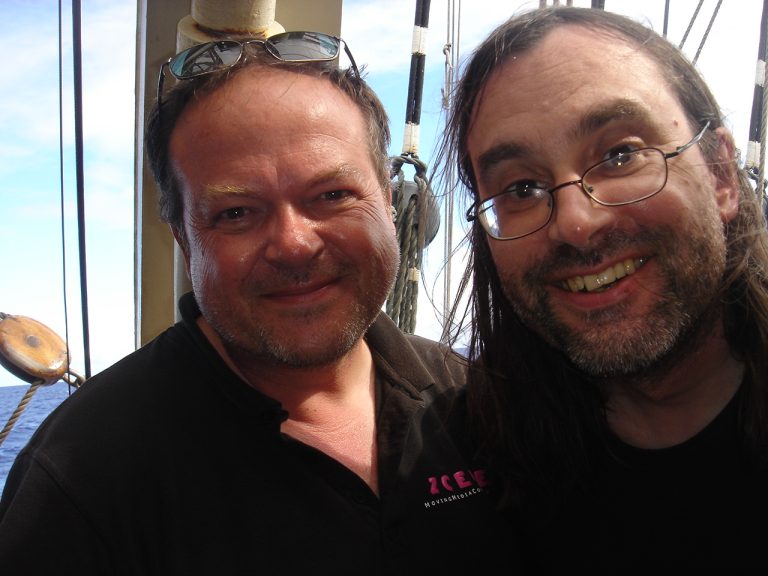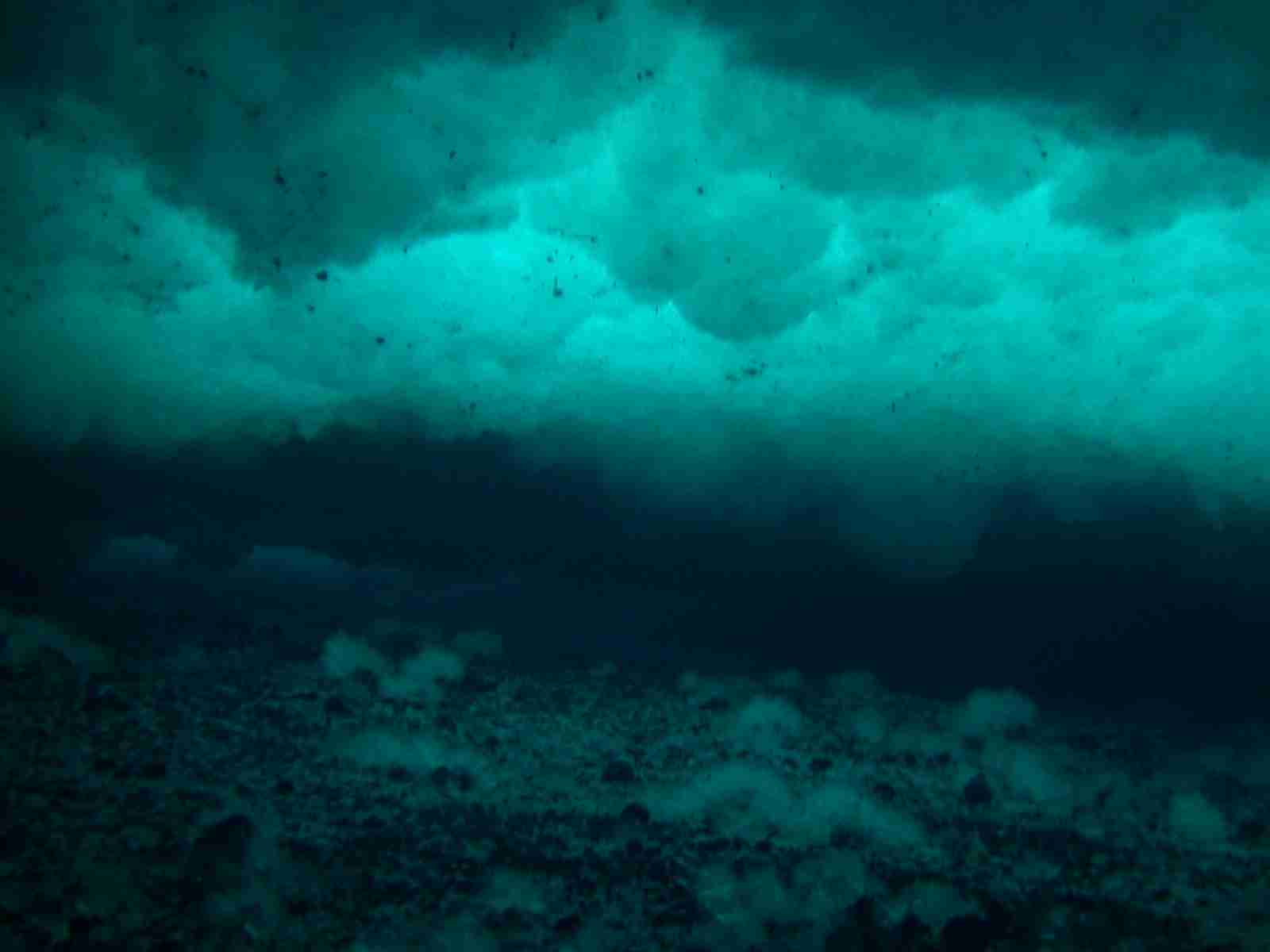When, some 34 million years ago, the South Pole froze over, global sea levels plummeted while Antarctic sea levels peaked. Researchers from NIOZ, Utrecht University and TU explain how in this week’s Nature Geoscience.
Photo: Paul Cziko
Dr. Bert Vermeersen (Aerospace Engineering and NIOZ) recalls talking to the perplexed NIOZ director Prof. Henk Brinkhuis aboard the sailing ship Stad Amsterdam for the Beagle VPRO television series in 2010. Brinkhuis was on his way back from analysing sea bottom samples in Antarctica in the context of the Integrated Ocean Drilling Program (IODP), and he couldn’t explain the apparent large increase in sea level at the same time that the continent froze over. On the contrary, one would expect ocean levels to go down during ice ages.
Back in Delft, Vermeersen, who had a hunch at a solution, asked his post doc Paolo Stocchi (now at NIOZ) to combine several geophysical models to explain the local anomaly in sea levels.
“We knew that gravity plays an important role in sea level rises as a consequence of freezing or thawing ice caps”, says Stocchi in his role of chief researcher. “But this is astonishing.”
The observed local sea level rise of 150 meters starkly contrasts with the average global sea level reduction of 60 to 80 meters. Stocchi and colleagues attribute this to a combination of effects around the growing South Pole ice mass. The first is a waterbed effect. The growing ice mass pushes down on the land, causing a rise of the sea bottom (and the sea level) at the edge of the ice mass. The second is local attraction: the enormous ice mass exerts a gravitational pull on the surrounding water, raising the local sea level.
This took place between 33.6 and 33.9 million years ago, says Brinkhuis (NIOZ), who adds that the process took place in two steps that were 200 to 300 thousand years apart. In a ten-minute telephone call, Brinkhuis outlines the climate history of the last 50 million years, which starts out with lustrous forests on Antarctica instead of penguin colonies. Atmospheric CO2-levels were six times as high as today, probably because of massive volcanic activities. Volcanoes are nature’s main CO2-producers, only recently paralleled and overshadowed by man. Afterwards, CO2-levels gradually went down as a consequence of plant take-up and geologic erosion processes. At 34 million years ago, CO2 concentration was low enough (840 ppm or more than twice the present value) for ice to form at the South Pole. Once the ice didn’t melt away in summer, positive feedbacks kicked in and the ice mass rapidly grew into a thick permanent cover. The North Pole only formed much later (3 million years ago), when CO2 levels had gone down to the current levels (400 ppm). Later CO2-levels fell to 280 ppm, known as the pre-industrial level.
The current CO2 level (400 ppm) is the highest since 900 thousand years, says Brinkhuis. That’s a period that has seen ice ages come and go. Air bubbles trapped in the drilling cores down to that time contain CO2 concentrations between 180 and 300 ppm (parts per million). That makes Brinkhuis pretty sure that the current CO2-levels will effectively ward-off ice ages for the next 100 thousand years.


In our heating world, the opposite scenario of smelting ice sheets is more plausible. That’s what Vermeersen described, together with Dr. Riccardo Riva from CiTG, in their contribution to the 2009 Science article on the potential sea level rise from a collapse of the West-Antarctica ice sheet (doi: 10.1126/science.1169335). They showed that the average sea level rise from that event is 3,3 meters, with important regional variations. US east and west coasts will be hit hardest by an additional 25 percent, while the Netherlands will have to cope with the average value of 3,3 meters (ignoring other smelting ice masses for the sake of clarity).
The finding that historic sea level changes are far from uniform undermines the current paradigm in paleo-geology that sea level changes were more or less the same all over the place. This will influence historic climate research, the authors claim. Future climate scenario’s will have to be adjusted as well, since ice models and ocean currents derived from worldwide uniform sea level changes differ from the ones based on locally variable sea levels.
Paolo Stocchi, Bert L.A. Vermeersen, Henk Brinkhuis and some 20 colleagues: Relative sea-level rise around East Antarctica during Oligocene glaciation, Nature Geoscience, 21 April 2013, doi:10.1038/ngeo1783



Comments are closed.